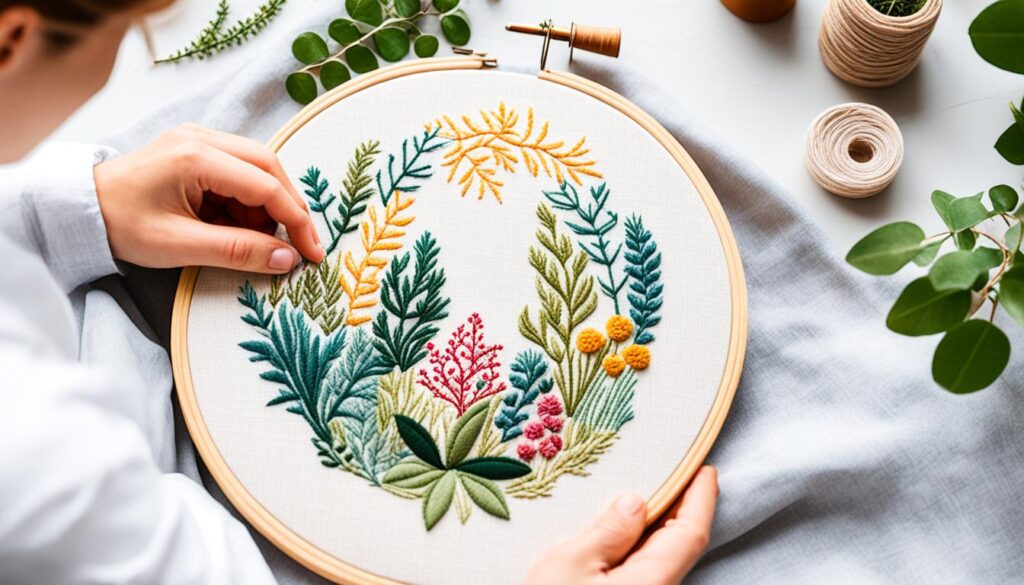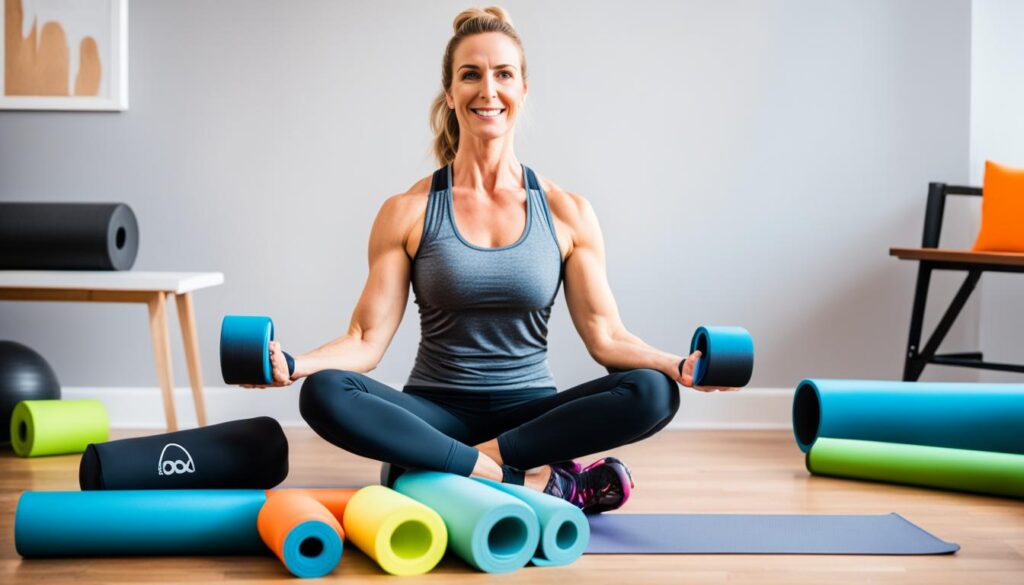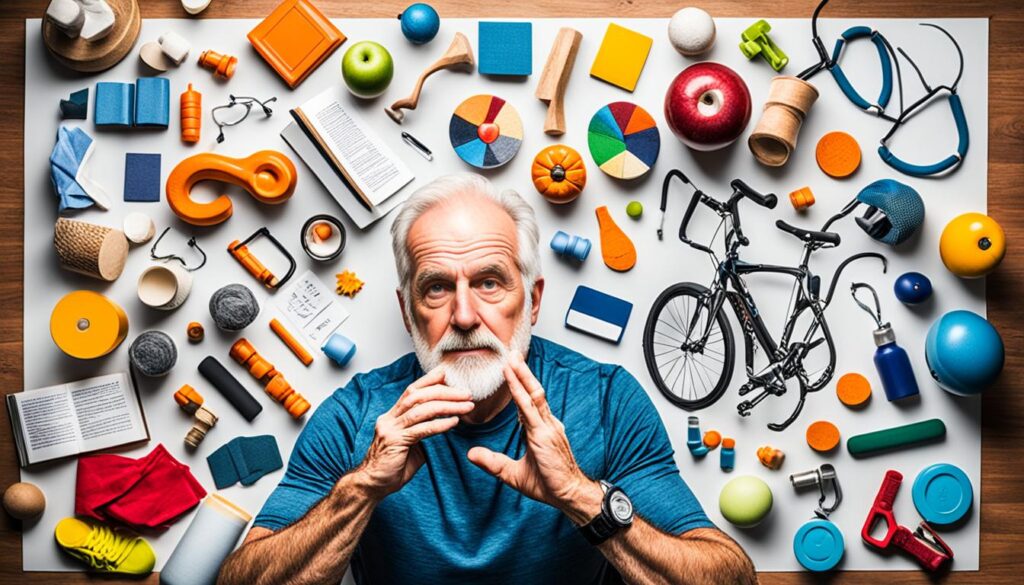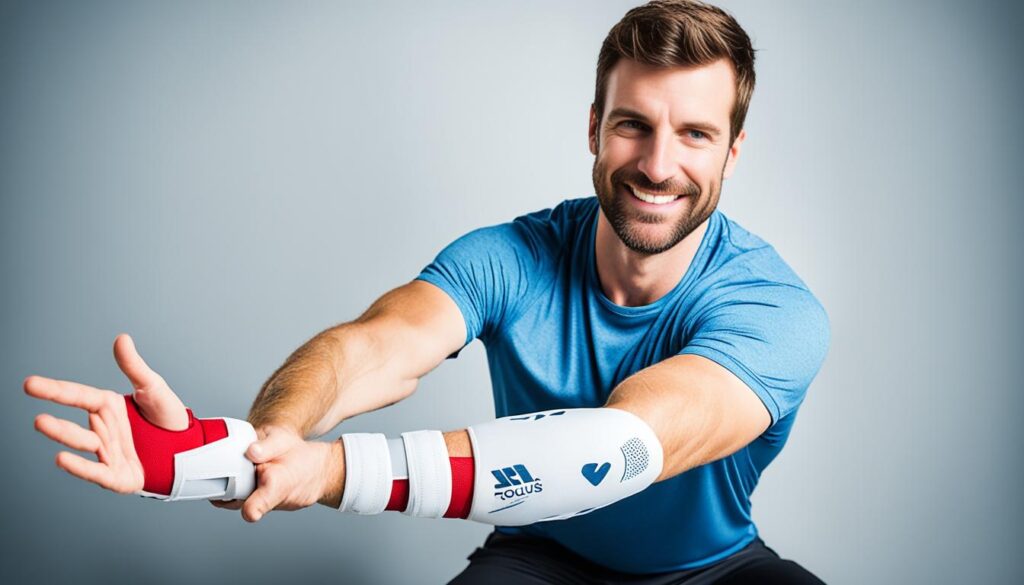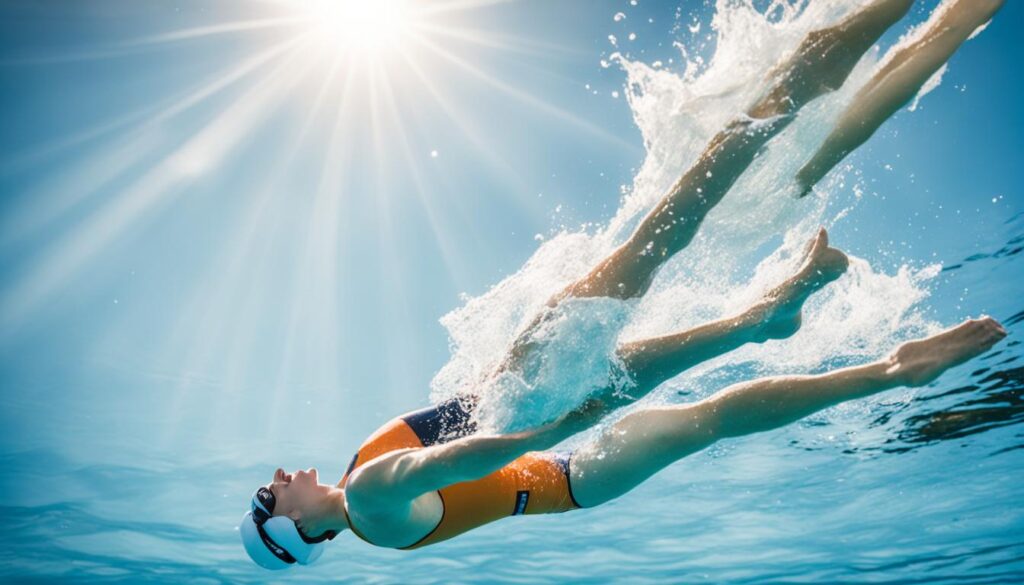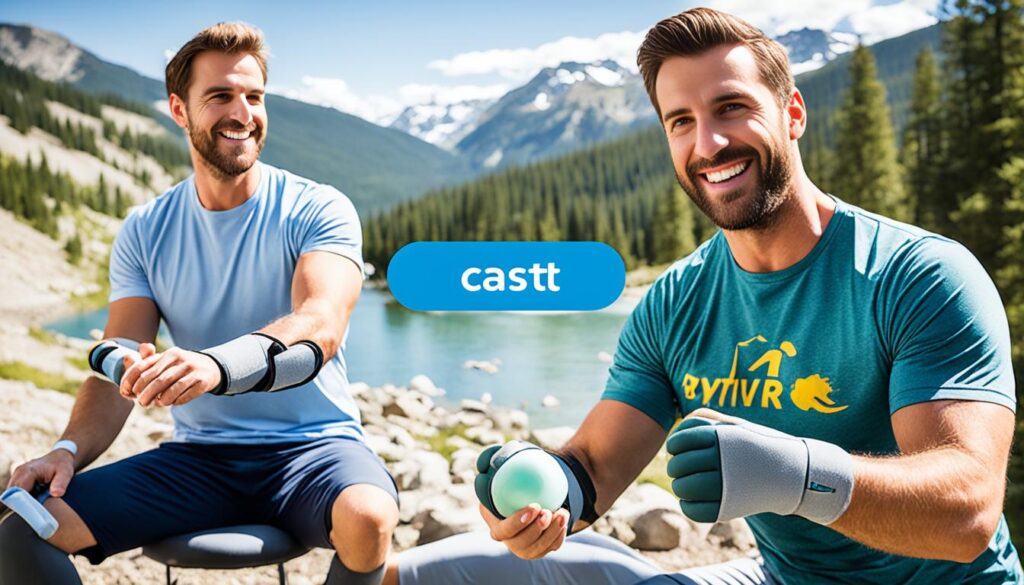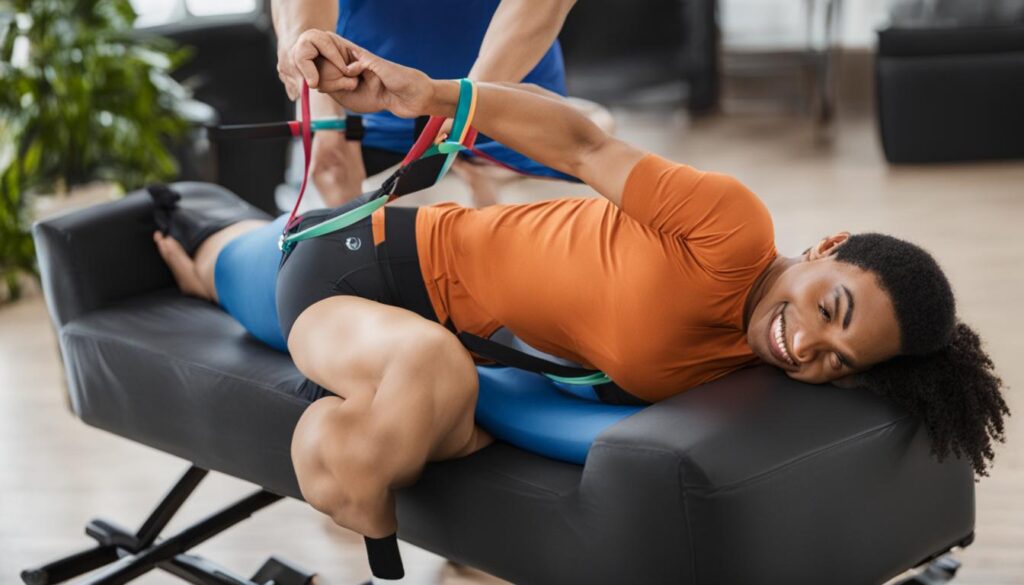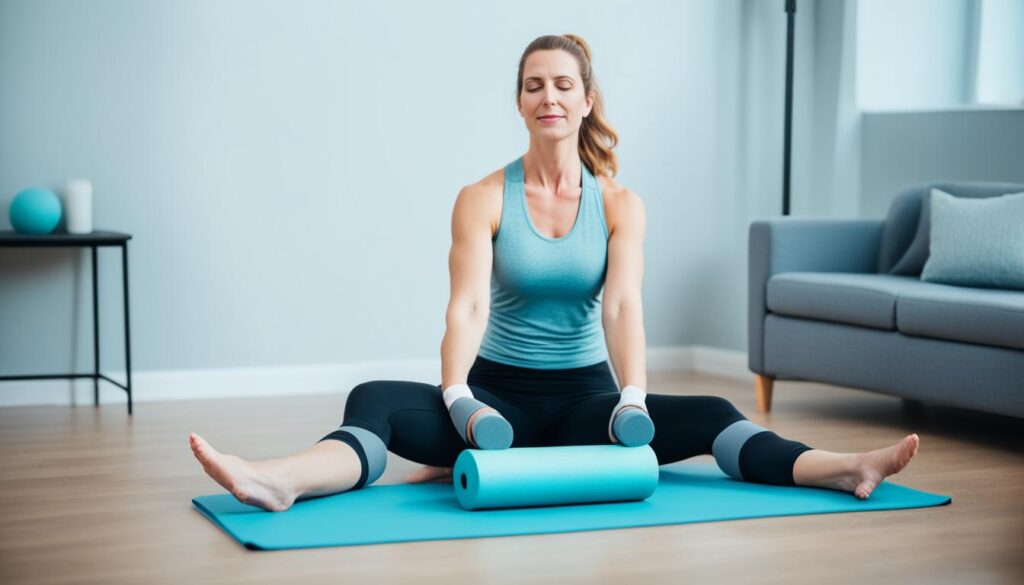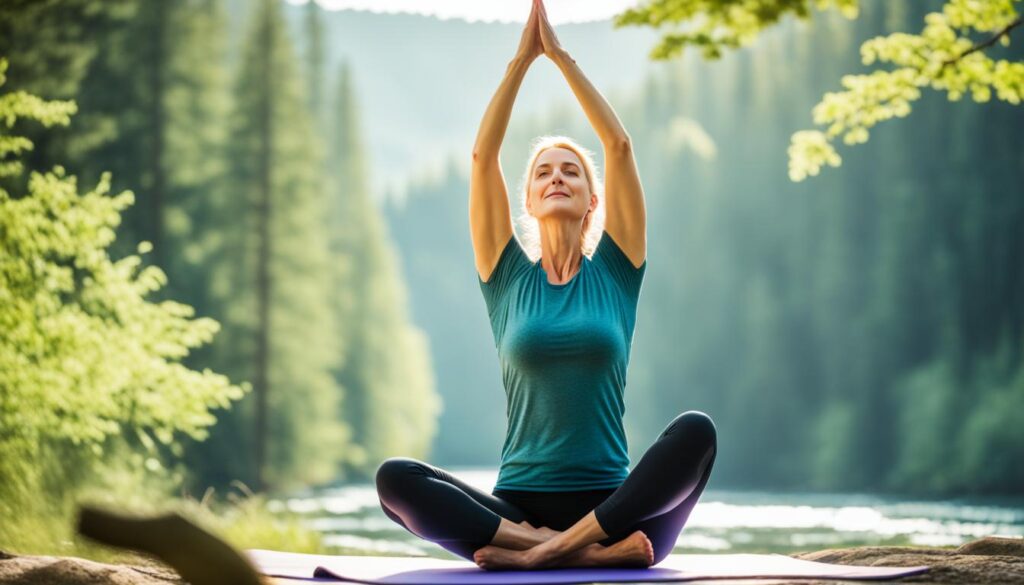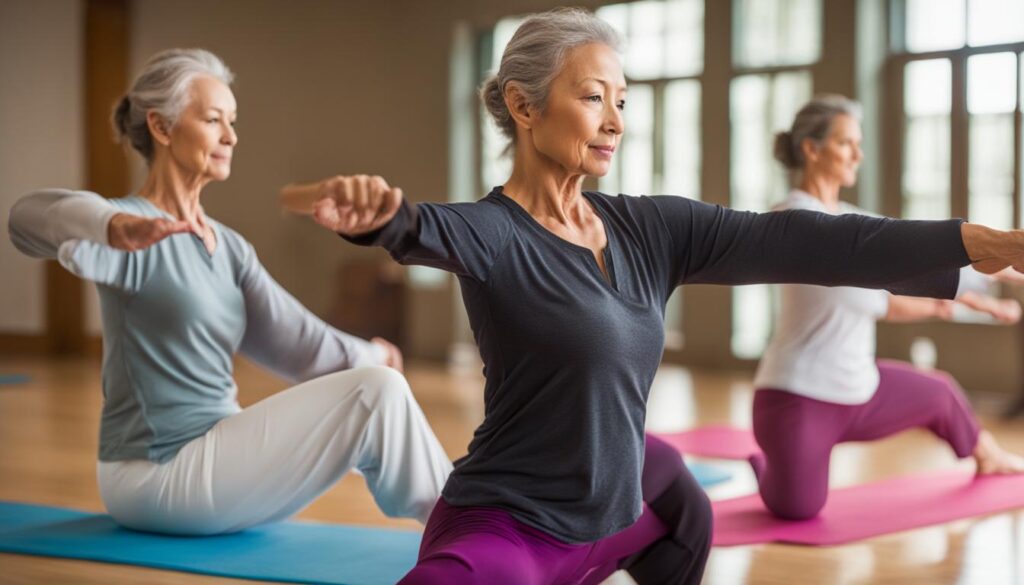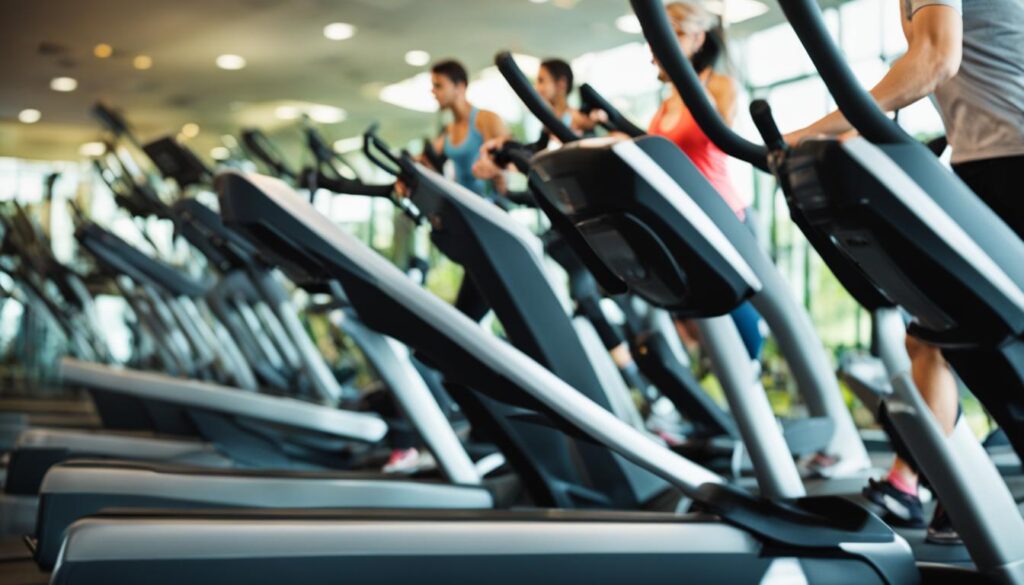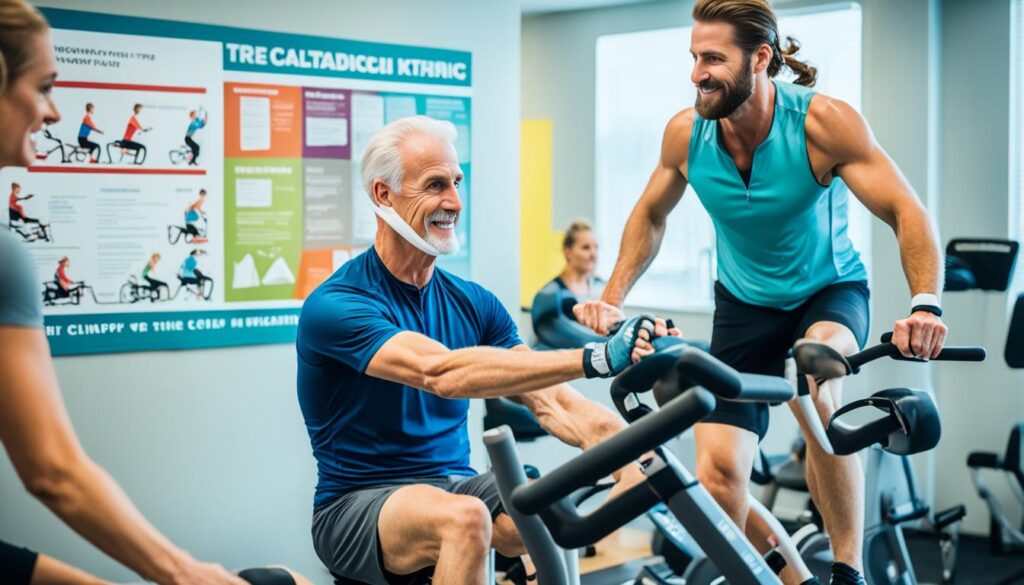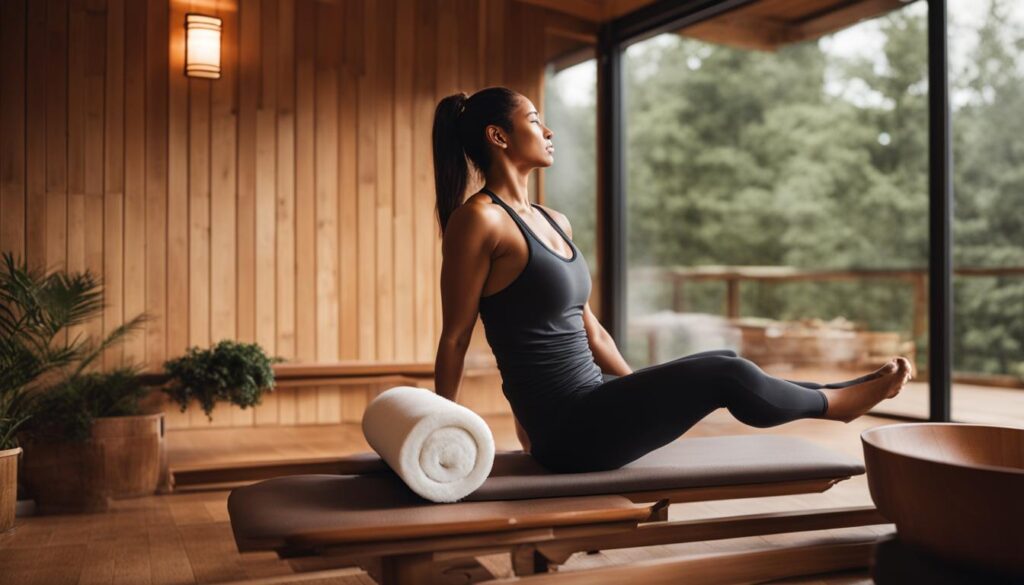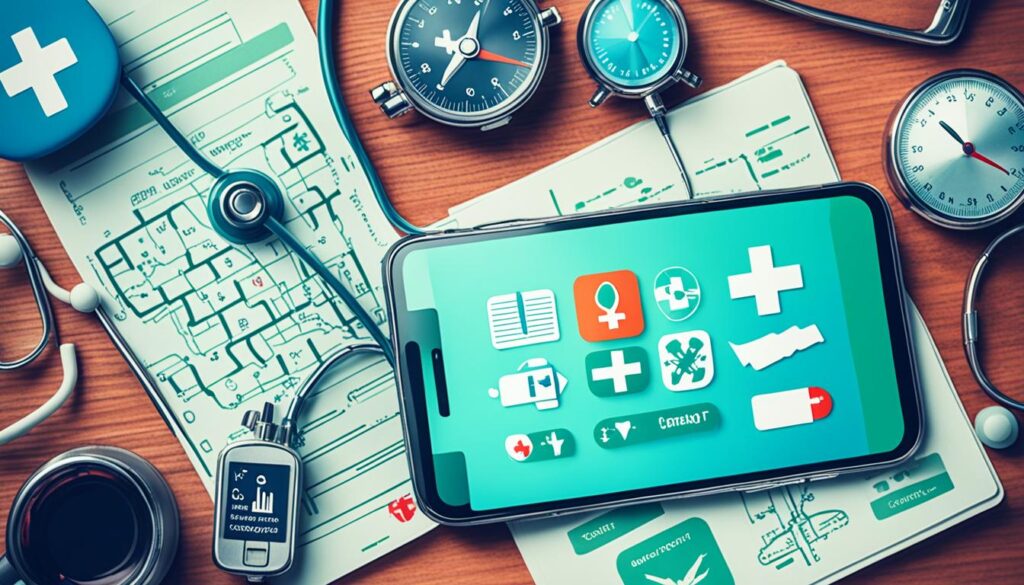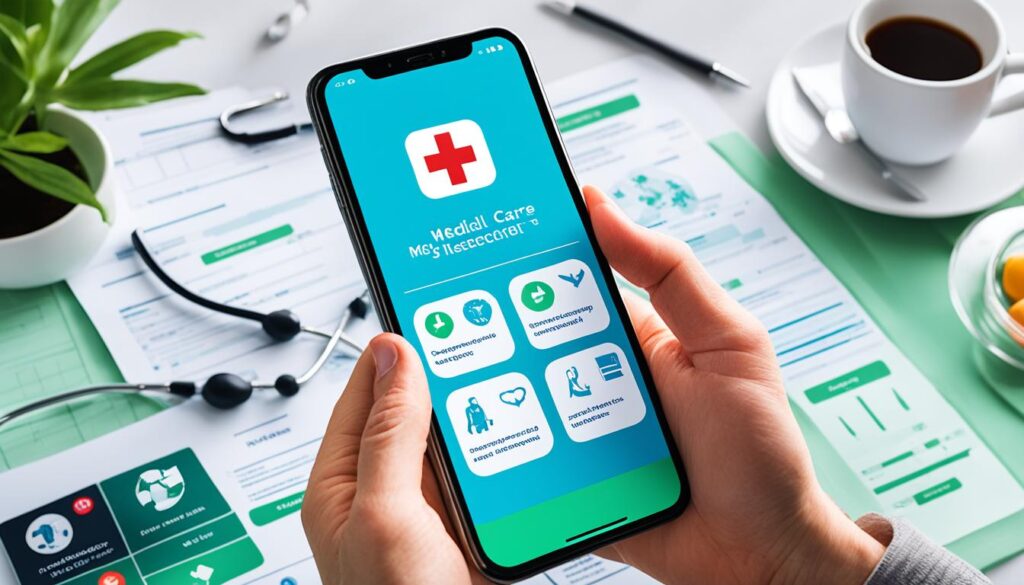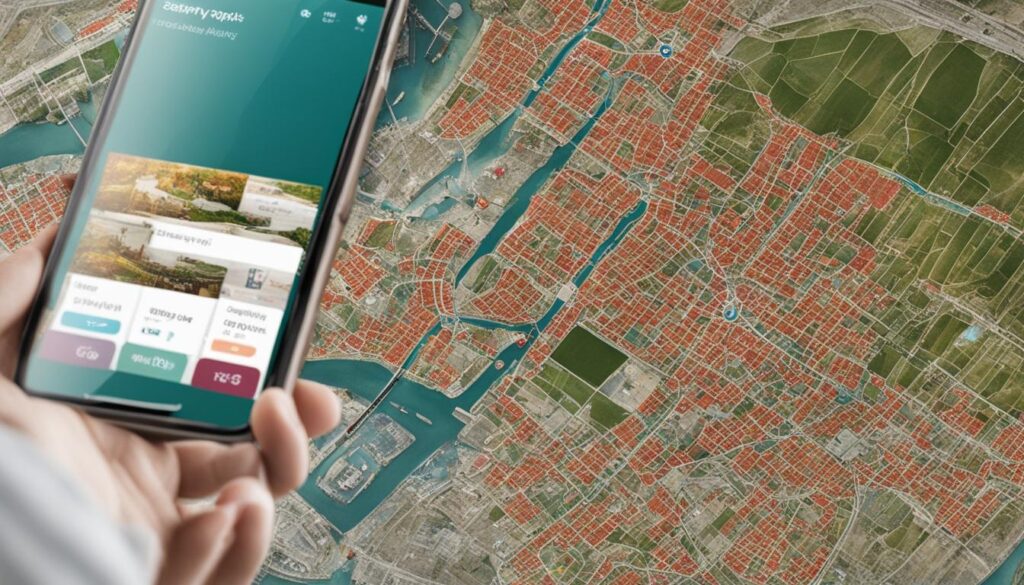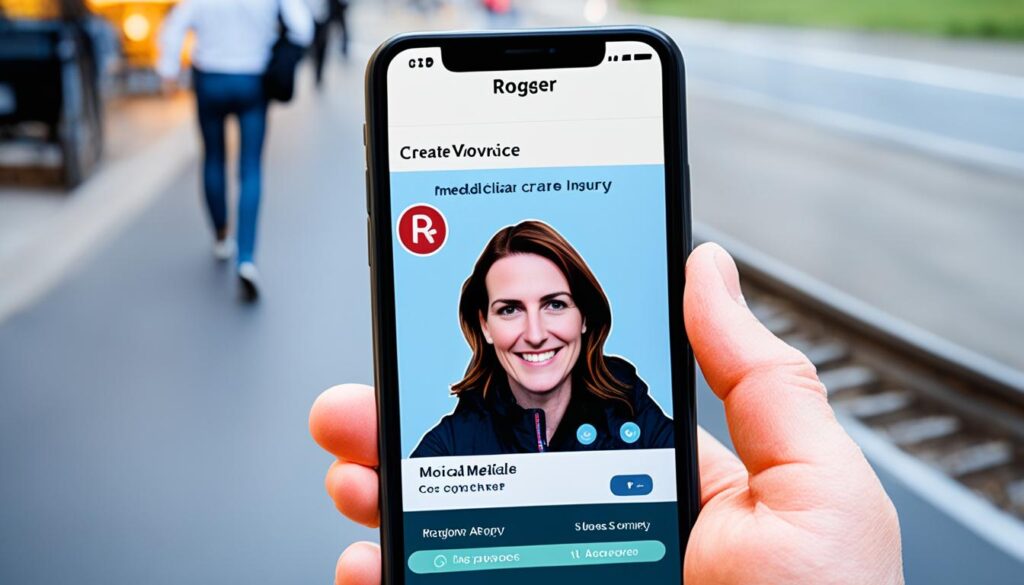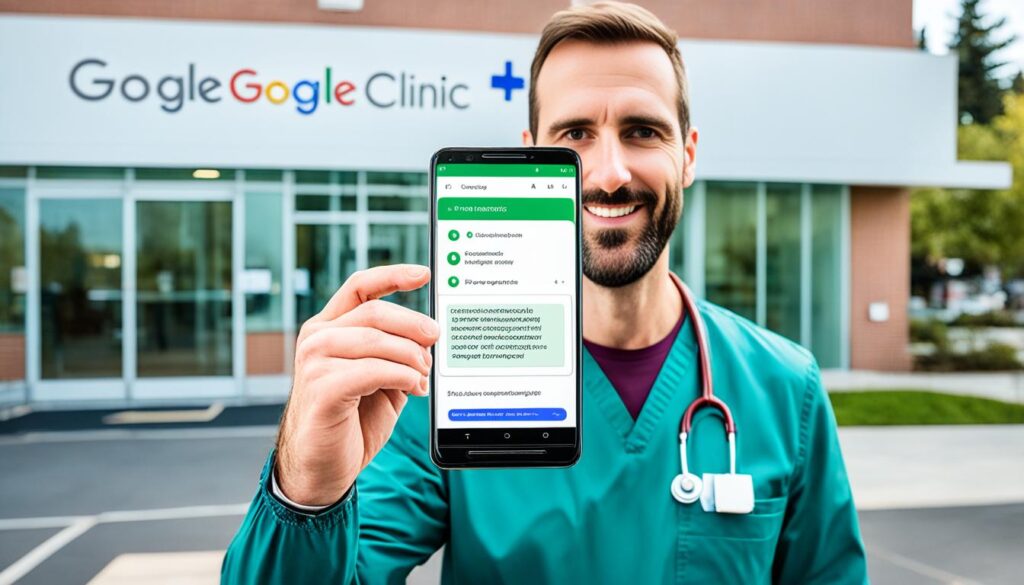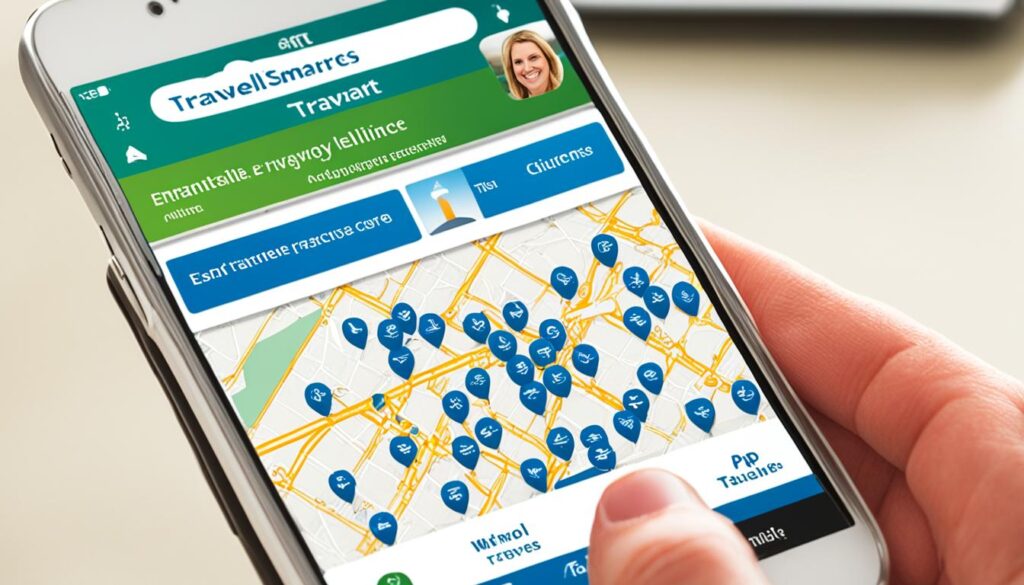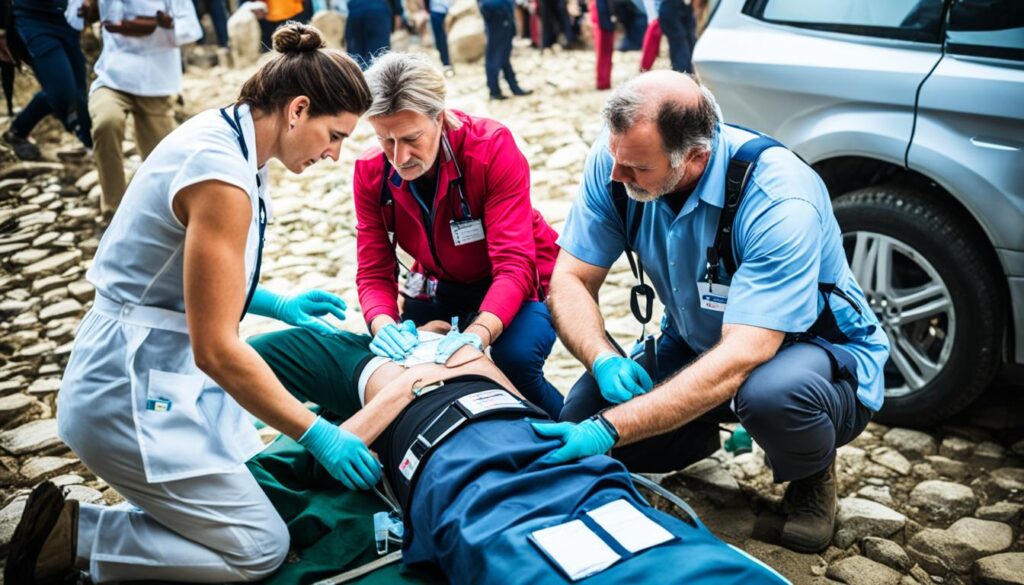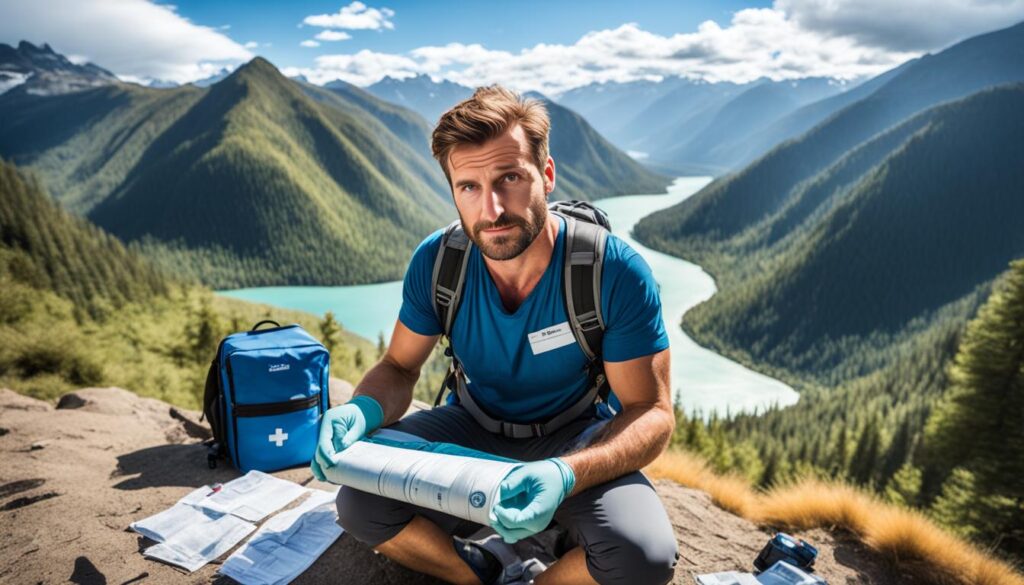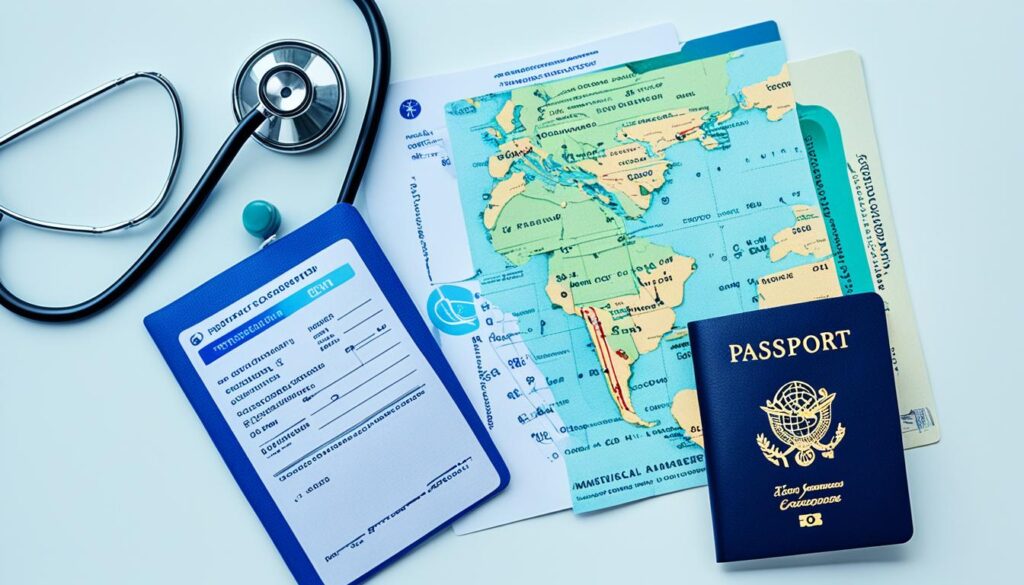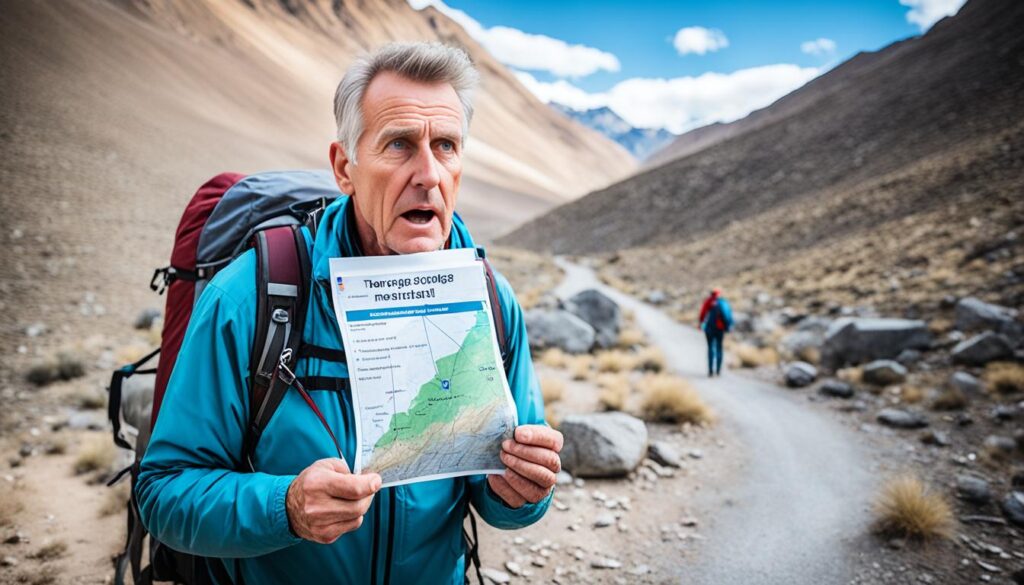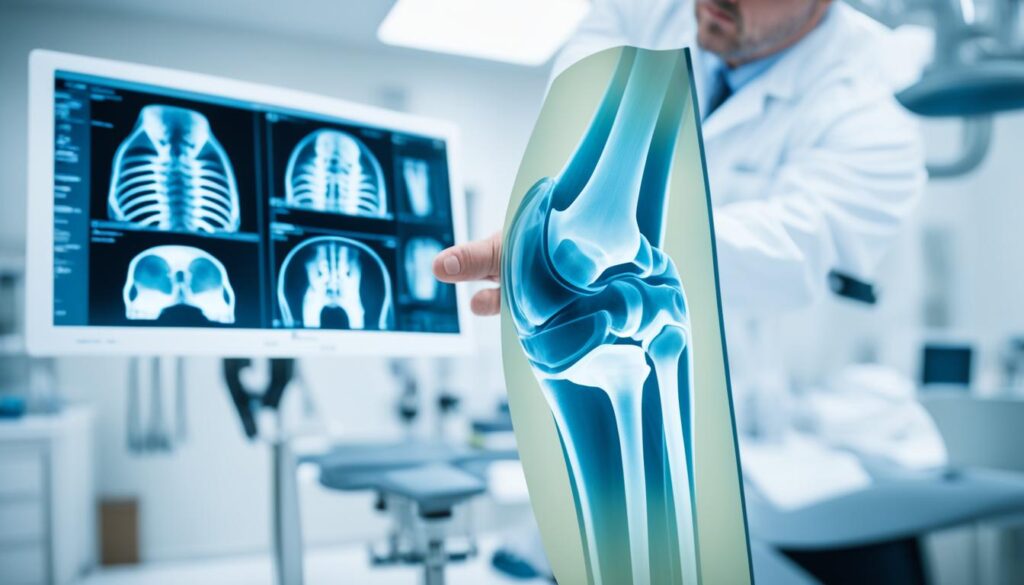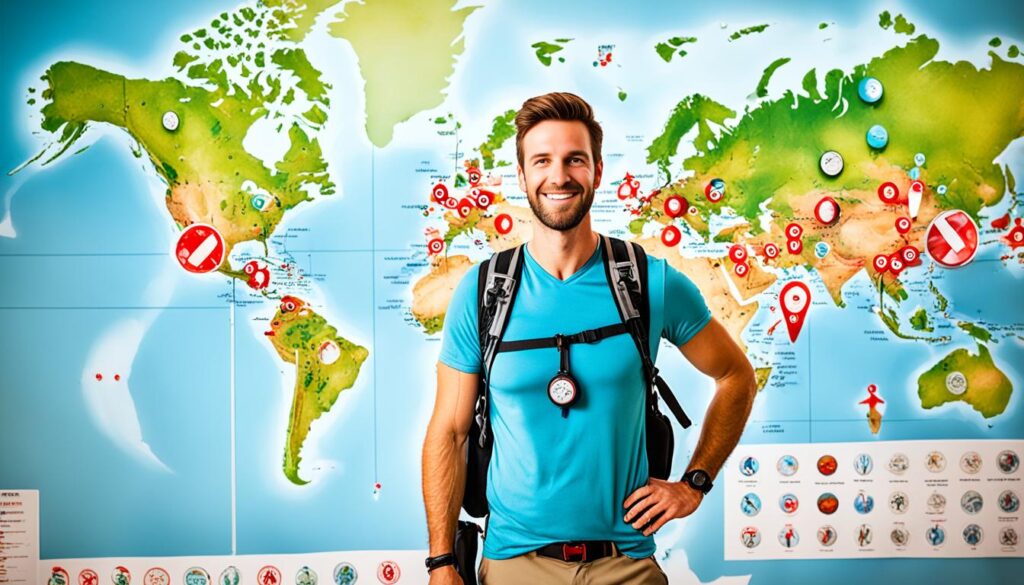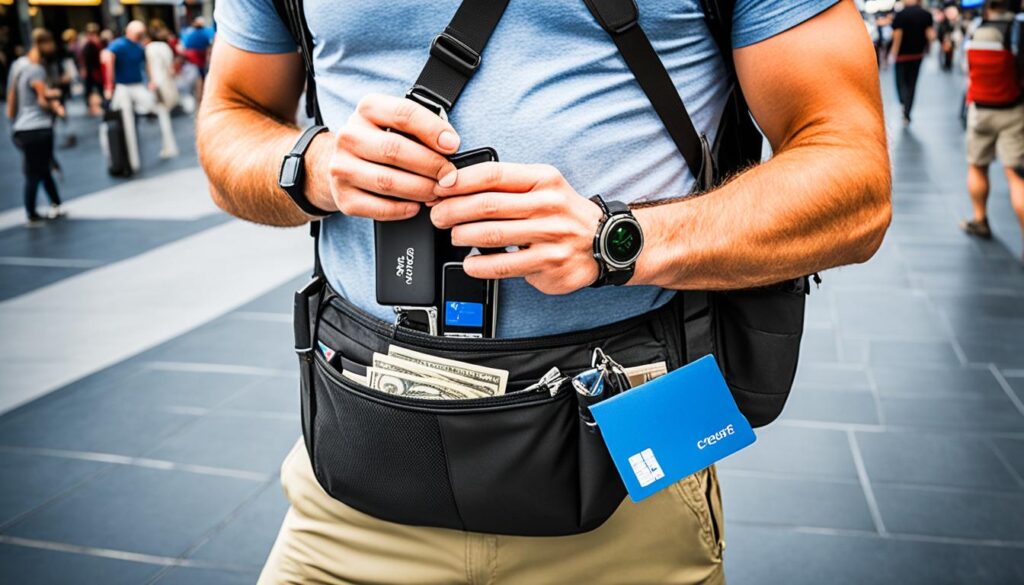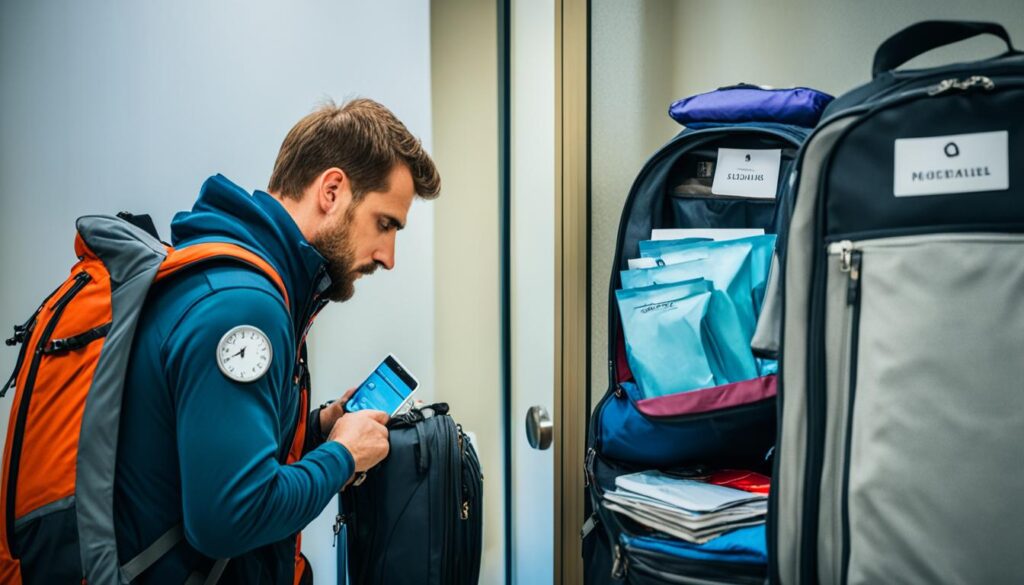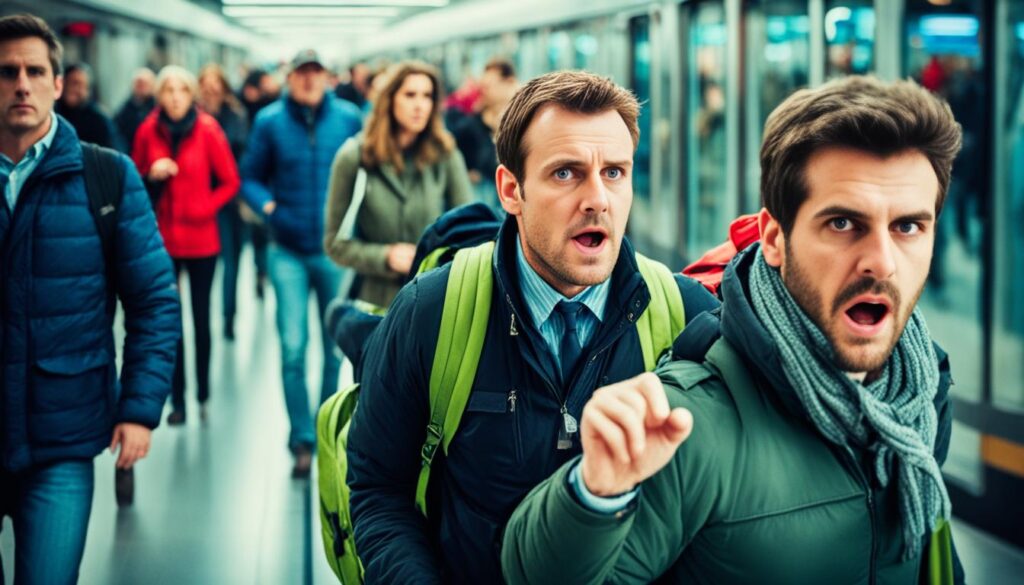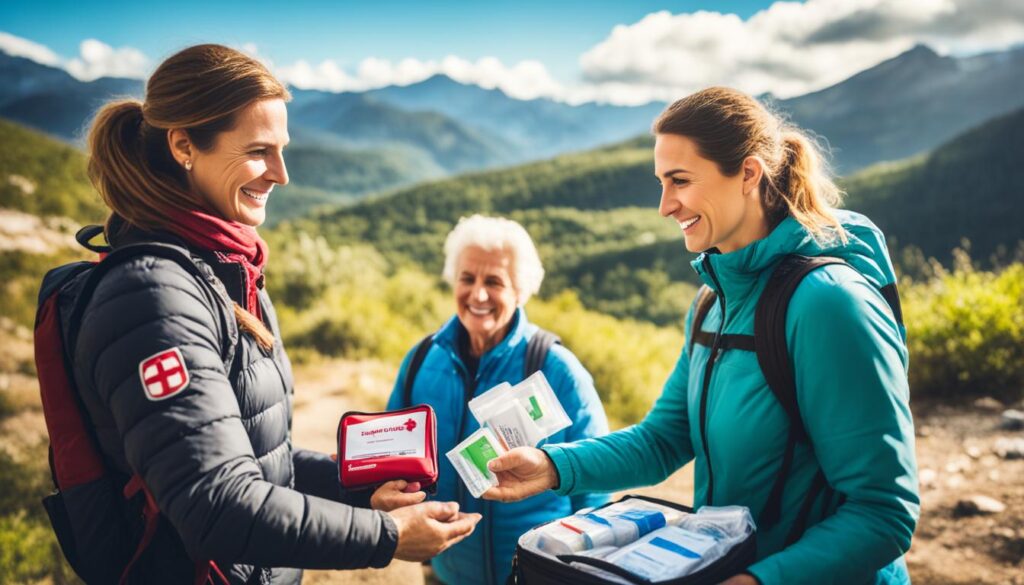Resilience is crucial for athletes aiming for success. It means getting back up after a fall, facing challenges, and pushing towards goals. This article highlights 10 athletes who beat injuries and setbacks to excel in sports.
These athletes, from basketball to tennis, faced their challenges bravely. Their stories show us that determination, perseverance, and a positive mindset can lead to incredible achievements.
Are you looking for inspiration? Join us in exploring how these athletes defied the odds to reach the top!

Key Takeaways:
- Resilience is essential for athletes to succeed.
- Injuries and setbacks are part of the journey but can be overcome.
- The stories of these athletes underline the importance of resilience in success.
- Discover how legends like Michael Jordan, Serena Williams, and Lance Armstrong beat obstacles to achieve greatness.
- Let these stories inspire you to tackle your challenges, no matter how tough they seem.
Michael Jordan’s Resilience and Determination
The name Michael Jordan is synonymous with basketball excellence. He is often hailed as the greatest of all time. But his road to success was filled with challenges. An early setback in his career lit the fire of determination in him.
“I’ve missed more than 9000 shots in my career. I’ve lost almost 300 games. 26 times, I’ve been trusted to take the game-winning shot and missed. I’ve failed over and over and over again in my life. And that is why I succeed.” – Michael Jordan
In high school, Jordan faced a big disappointment. He didn’t make the varsity basketball team as a sophomore. For many, this would be a crushing blow. But not for Jordan.
He didn’t let this stop him. He saw it as a reason to push harder. Jordan worked tirelessly to improve his game.
His hard work paid off. He made the junior varsity team and polished his skills. He put in countless hours of training, never letting failures hold him back.
By his junior year, Jordan made the varsity team. He led them to a state championship. His career only soared from there. He earned six NBA championships, was named MVP five times, and appeared in 14 All-Star games, among other accolades.
Jordan’s story is unique not just because of his basketball skills. It’s his mental strength and resilience that set him apart. His journey shows us the true value of persistence. This story tells us that hard times do not decide our future.
Lessons from Michael Jordan’s Journey
Jordan’s path offers lessons that reach beyond basketball:
- Perseverance in the face of setbacks: Jordan’s refusal to be defined by setbacks teaches us that the path to success isn’t straight. Challenges are part of the journey, but our reactions shape our future.
- The power of determination: Jordan’s relentless determination to achieve greatness shows the strength of a positive mindset. This determination can help us surpass obstacles and achieve our goals.
- Turning failures into opportunities: Jordan’s perspective on his failures offers a valuable lesson. Mistakes can be learning opportunities. They can pave the way for success and personal growth.
Serena Williams’ Remarkable Comeback
Serena Williams is a tennis legend known for her incredible strength on the court. She has faced many injuries and health issues during her career. Despite this, her resilience and determination have helped her succeed greatly in tennis.
In 2011, Williams faced a life-threatening pulmonary embolism. This was not only a challenge to her career but her life as well. She showed her strong spirit by making an impressive comeback.
After recovering, Williams won several Grand Slam titles. She achieved a historic 23rd singles title at the Australian Open in 2017. This win made her one of the greatest athletes in tennis.
Williams’ story shows the power of resilience and determination when facing tough times. Her dedication to tennis, along with her skill and athleticism, inspires many aspiring athletes worldwide.
Overcoming Injuries and Health Issues
Williams has faced many injuries in her career, such as issues with her knee, leg, and ankle. These injuries tested her physically and mentally. Yet, she always managed to return stronger than before.
Williams also talks about the importance of mental health in sports. She has shared her battles with anxiety and depression. Through this, she highlights the need for athletes to seek support when needed.
“I think mental health is key for anyone. It’s been really important for athletes to feel empowered to speak up about their mental health because it affects their performance and their state of mind. We’re breaking down those barriers little by little, and it’s exciting to see.” – Serena Williams
The Road to Redemption
Williams’ journey back to the top is a story of resilience, self-belief, and determination. She faced many challenges but never let them define her.
Her commitment to tennis and determination to be the best show her incredible work ethic. These qualities have secured her place as one of the all-time greats in sports.
| Tournament | Year | Result |
|---|---|---|
| Australian Open | 2003 | Winner |
| French Open | 2013 | Winner |
| Wimbledon | 2012 | Winner |
| US Open | 2008 | Winner |
Her victories show her incredible resilience and resolve. Williams’ capacity to overcome adversity is truly inspiring.

Lance Armstrong’s Triumph over Cancer
Lance Armstrong, a famous cyclist, was hit with a huge challenge. He was diagnosed with testicular cancer. Yet, he fought bravely and refused to be defined by the disease. Armstrong’s story shows how important it is to keep going, no matter what.
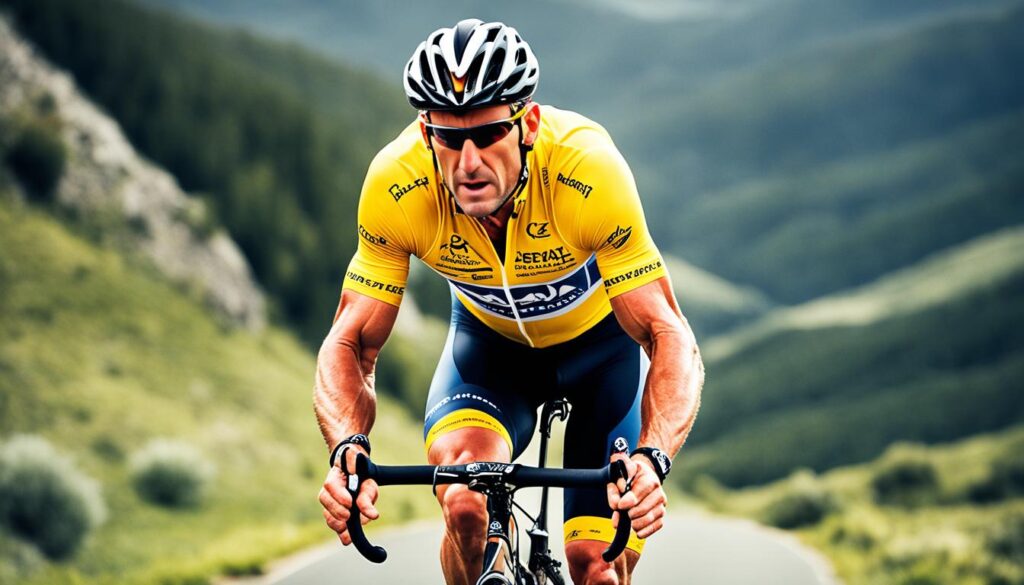
Despite the tough diagnosis, Armstrong bounced back stronger. He beat cancer and reached new heights in cycling.
“I told you. It’s just a hill, get over it.” – Lance Armstrong
Armstrong’s never-give-up attitude led him to an amazing comeback. He won the Tour de France seven times in a row. This made him one of the greatest athletes in cycling history.
Resilience and Perseverance
Armstrong’s victory against cancer inspires many people. His story tells us that with courage and non-stop effort, we can beat the hardest challenges.
- Cycling: Armstrong showed amazing skills and determination in pro cycling.
- Cancer: Even with a scary diagnosis, he fought hard and beat his illness.
- Resilience: Armstrong never gave up. He showed strong willpower in tough times.
- Perseverance: Armstrong worked tirelessly and achieved great success, despite setbacks.
- Comeback: His comeback is a powerful example of human spirit strength.
| Key Takeaways from Armstrong’s Journey |
|---|
| Being determined and resilient is key to tackling challenges. |
| It’s possible to reach greatness, even in tough times. |
| Armstrong’s story stresses the importance of chasing our dreams, no matter what. |
Bethany Hamilton’s Return to Surfing
Bethany Hamilton is a professional surfer who had a life-changing experience. She lost her left arm in a shark attack. What’s incredible is her determination and passion for surfing. This helped her make an amazing comeback in the surfing world.
Just a year after the attack, Bethany returned to competitive surfing. Her comeback showed her strength. It inspired people everywhere. Her story reminds us that perseverance can overcome tough times.
Bethany’s journey shows her unwavering determination and the incredible human spirit. Through willpower and love for surfing, she beat the odds. She turned her setback into a chance for growth and inspiration.
Today, Bethany Hamilton is a symbol of resilience, not just in surfing but life. Her brave spirit and strong determination are examples to all. Her story shows us that if we believe in ourselves, anything can be achieved.

The Power of Resilience
Bethany Hamilton’s resilience reminds us that setbacks can make us stronger. Her ability to face life’s challenges has inspired many. She shows that determination can lead to overcoming obstacles.
“I don’t need easy. I just need possible.” – Bethany Hamilton
Bethany’s story shows the resilience within us all. It highlights how refusing to give up can lead us to achieve great things. Her journey proves that belief in oneself can overcome challenges, no matter how big.
Inspiring Hope and Encouraging Comebacks
Bethany Hamilton’s journey inspires more than just surfers. It reaches people from all areas of life. Her story gives hope and motivates us to face adversity with courage.
Through her spirit, Bethany symbolizes resilience and determination. She shows us that life’s challenges are opportunities. Her courage and strength inspire us to chase our dreams without fear and never give up.
A Universal Message
Bethany Hamilton’s story is more than about surfing. It’s a universal message of resilience, determination, and overcoming the odds. Her journey is a beacon of hope to anyone facing challenges. It shows that with resilience and determination, anything is achievable.
Derek Redmond’s Emotional Olympic Moment
At the 1992 Olympic Games, British sprinter Derek Redmond faced a heart-wrenching setback. He tore his hamstring in the 400-meter semifinals. Despite the severe pain and his broken dream of winning, Redmond showed incredible resilience and determination.
Redmond was in agony on the track, but he wouldn’t give up. Choosing to ignore his injury, he decided to finish the race, even if he had to limp. Everyone watching admired Redmond as he moved forward, a symbol of his unbreakable spirit.
Then, a remarkable thing happened. Redmond’s dad, Jim, came onto the track to help him. Together, they finished the race, showing the world the true power of love, support, and determination. This touching scene is a lasting memory in Olympic history, showing the amazing strength of people.
“I wasn’t going to quit. I was going to finish my race no matter what.”

Redmond’s Legacy of Inspiration
Derek Redmond’s unforgettable Olympic moment continues to inspire people everywhere. His courage and unwavering tenacity, even in tough times, touch the hearts of many. It reminds us that being resilient isn’t just for athletes.
Redmond’s experience shows the importance of never giving up. It is a powerful example of how strong the human spirit is. It teaches us to push past our limits and always strive to succeed.
| Olympic Games | Sprinter | Injury | Resilience | Determination |
|---|---|---|---|---|
| 1992 | Derek Redmond | Torn hamstring | Exemplary | Evident |
Abby Wambach’s Triumphant Return to Soccer
Abby Wambach, a renowned American soccer star, faced a big hurdle. She broke her leg just before the 2008 Olympics. But this injury didn’t define her career. Instead, her comeback did, marked by resilience and determination.
Wambach faced many challenges but never gave up. She worked hard, undergoing a tough rehab process. Her love for soccer and dedication to being the best fueled her recovery.
In 2015, Wambach made a glorious return to soccer. She played a key role in the U.S. Women’s National Team’s victory at the FIFA Women’s World Cup. Her spirit and skills inspired both her teammates and fans.
“Setbacks are just an opportunity for the comeback.” – Abby Wambach
Abby Wambach’s story is a powerful example of never giving up. Despite setbacks, she showed that with hard work and dedication, you can succeed. She inspires others to keep pursuing their dreams, no matter the obstacles.

| Abby Wambach – Soccer Achievements | Year |
|---|---|
| FIFA Women’s World Cup Champion | 2015 |
| Two-time Olympic Gold Medalist | 2004, 2012 |
| FIFA World Player of the Year | 2012 |
Peyton Manning’s Comeback to Super Bowl Victory
NFL quarterback Peyton Manning is a true testament to resilience and determination. He faced multiple neck surgeries that could have ended his football career. But Manning refused to give up.
Through his strong will, he not only returned to play but led the Denver Broncos to win the Super Bowl. His journey is a great example of never giving up in tough times. He overcame both physical and mental challenges, showing his deep love for football.
His comeback inspired his team and fans worldwide. Manning’s story is about the power of determination against challenges.
Manning proved exceptional leadership, football knowledge, and passion throughout his career. His resilience and ability to overcome setbacks made him a beloved figure in the NFL.
“It’s not the size of the dog in the fight, but the size of the fight in the dog,” said Manning. This underlines the importance of determination and perseverance for success.
Manning worked hard, prepared meticulously, and never gave up. This made him one of the greatest quarterbacks in NFL history. His legacy is not just about his achievements on the field. It’s also about overcoming adversity and leading his team to victory.

Monica Seles’ Return to Tennis after Stabbing
Tennis star Monica Seles showed incredible resilience after a shocking event. In 1993, she was stabbed by a fan in Hamburg, Germany. This attack caused physical and emotional pain, making her leave tennis for two years.
Despite this difficult time, Monica Seles showed great courage. She was determined to return to tennis. She worked hard on her recovery, both mentally and physically.
In 1995, Seles made a much-awaited return to the tennis world. Fans and players were excited to see her play again. Soon, she showed that she was still a top player.
A year after her comeback, Monica Seles won the 1996 Australian Open. This triumph proved she was still one of the best in women’s tennis. She showed her skill, courage, and determination.
“When something like that [the stabbing incident] happens, it puts everything in perspective,” Seles said. “After that, every win was special, because I wasn’t just playing for myself anymore. I played for everyone who supported me through my journey.”
Monica Seles’ comeback is an inspiring story. It shows that with resilience and determination, people can overcome hard times. Her story encourages athletes and anyone facing challenges.

Kerri Strug’s Courageous Olympic Performance
In 1996, gymnast Kerri Strug showed great courage at the Olympics. After hurting her ankle in the vault event, she didn’t give up. She knew she had to do one more vault.
Carrying the hope for a gold medal, Strug bravely walked back to start. With everyone watching, she flew into the air and landed perfectly, despite her injury.
Strug didn’t just win gold for her team; she became a legend in Olympic history. Her bravery and willpower inspire athletes globally.

“I just told myself, ‘You can do it, you can do it. Just one more, you’ve trained for this your whole life.'”
Strug’s heroic act is a perfect example of an athlete’s resilience. To push past pain and keep competing takes a lot of determination and mental strength.
Kerri Strug’s Olympic Achievements
| Year | Event | Medal |
|---|---|---|
| 1992 | Olympic Games | Bronze (Team) |
| 1996 | Olympic Games | Gold (Team) |
But Strug’s story doesn’t end with her Olympic success. She also became a gymnastics coach and supports young athletes.
Kerri Strug’s journey reminds us that challenges and injuries are just obstacles to overcome. Her resolve led her to spectacular achievements.
Niki Lauda’s Incredible Racing Comeback
Formula One driver Niki Lauda is known for his amazing resilience. In the 1976 German Grand Prix, he had a terrible crash. This led to severe burns and lung damage. Many athletes would have given up then.
Lauda came back to racing just six weeks after his crash. His will to overcome and race again was inspiring. His comeback is considered legendary.
He didn’t just return. Lauda won two more World Championships in Formula One. His resilience and determination pushed him to greatness. He faced huge challenges and overcame them.
Niki Lauda’s story inspires athletes everywhere. It shows the power of the human spirit. The will to succeed and the ability to come back stronger highlight his story. Lauda’s dedication to Formula One racing is the true mark of resilience and determination.
FAQ
What are some inspiring stories of athletes overcoming injuries and setbacks?
Michael Jordan, Serena Williams, Lance Armstrong, Bethany Hamilton, Derek Redmond, Abby Wambach, Peyton Manning, Monica Seles, Kerri Strug, and Niki Lauda overcame setbacks to reach the top in their sports.
How did Michael Jordan demonstrate resilience and determination?
Michael Jordan turned his high school team rejection into motivation. He became a six-time NBA champion and five-time MVP.
What setbacks did Serena Williams face in her career?
Serena Williams faced many injuries and a life-threatening pulmonary embolism. Yet, she won multiple Grand Slam titles after her recovery.
How did Lance Armstrong triumph over cancer?
Lance Armstrong beat testicular cancer. Then, he won seven Tour de France titles, showing his resilience and perseverance.
What obstacles did Bethany Hamilton overcome in her pursuit of surfing?
Bethany Hamilton didn’t let losing her arm to a shark attack stop her. She returned to competitive surfing in just a year.
What is Derek Redmond’s inspiring Olympic moment?
Derek Redmond tore his hamstring in the 1992 Olympics but kept going. His father helped him finish, showing incredible human spirit.
What setback did Abby Wambach face in her soccer career?
Abby Wambach broke her leg before the 2008 Olympics. But she came back strong, leading her team to a 2015 World Cup win.
How did Peyton Manning overcome multiple neck surgeries?
Peyton Manning bounced back from several neck surgeries. He led the Denver Broncos to a Super Bowl win with perseverance.
How did Monica Seles show resilience after a traumatic on-court stabbing?
Monica Seles won the 1996 Australian Open despite a stabbing. Her comeback is a powerful story of overcoming adversity.
What made Kerri Strug’s Olympic performance courageous?
Despite an injured ankle, Kerri Strug completed her vault in 1996. Her performance and resilience won the U.S. team the gold.
How did Niki Lauda make an incredible racing comeback?
Niki Lauda returned to racing just six weeks after a severe crash. He won two more World Championships, showing great resilience.
